Chinese stainless steel giant Tsingshan Holding Group (THG) has relied for many years on short selling to reduce its future costs for nickel, a key component of stainless steel and a major ingredient in lithium-ion batteries. But rather than nickel prices falling as hoped, the price skyrocketed to more than $100,000 per ton on March 8, one day before THG’s 200,000-ton short sell contract was due on March 9.
The price of nickel went up even before Russia invaded Ukraine, reflecting the increasing demand for electric vehicle batteries and stainless steel. The price soared after the war started, as Russia produces 23 percent of the world’s high-quality nickel and has been sanctioned financially. The price rocketed as THG bought large amounts of nickel to reduce those short bets and its exposure to costly margin calls.
Some traders refer to this as the “Demon Nickel” incident. Within the futures market, the term “demon” refers to the difficulties associated with attempting to control the price of volatile futures.
The “Demon Nickel” incident unfolded rapidly on March 8, when the price per ton for nickel on the London Metal Exchange (LME) unexpectedly broke the average $60,000 to $70,000 mark and continued rising to more than $100,000 per ton. That was an unprecedented short squeeze, and THG’s staggering loss could be as high as $8 billion.
According to a report in China Securities Journal, THG’s failure to deliver the 200,000 tons of nickel short sells is because Russian nickel was kicked out of the LME trading market under the sanctions.
The LME itself called these actions “unprecedented.”
To prevent future losses of this magnitude, THG announced on March 15 that it was collaborating with the LME and a syndicate of futures bank creditors and had reached a silent agreement that would help to resolve the major issues over its short positions. The agreement shows that during the silent period, THG doesn’t need to add margins and won’t be forced to close the deal.
Founded in 1988 and based in Wenzhou, Zhejiang Province, China, THG is one of the world’s top producers of stainless steel. It also maintains operations in Indonesia, India, and Zimbabwe. In recent years, THG has had an effect on global prices because of its pioneering use of low-grade nickel pig iron. It currently ranks 14th among China’s top 500 private enterprises.
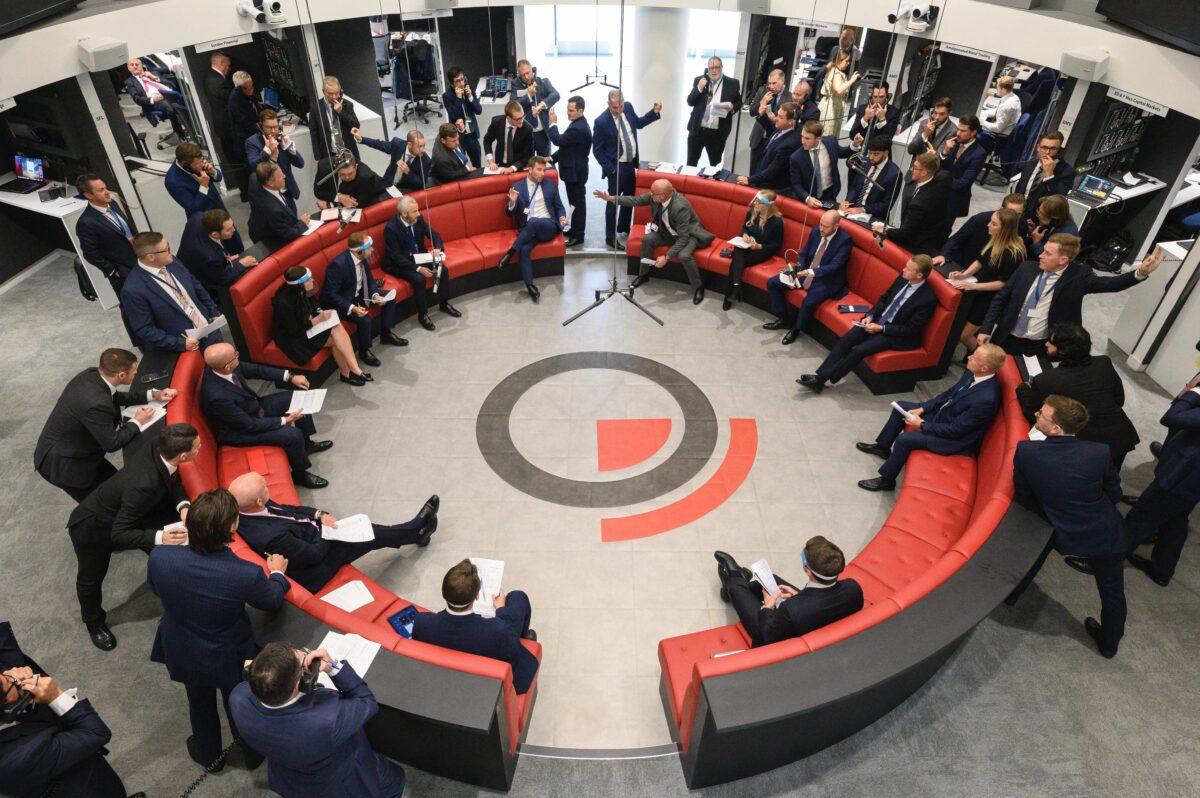
Although the LME relaxed the floating range of nickel price again on March 18, allowing 15 percent variation, this and other actions narrowed the range of daily price fluctuations and alleviated the pressures on THG. Going forward, it’s hoped that the LME’s price per ton for nickel will no longer swing wildly from $40,000 per ton to more than $100,000 in just one day, as occurred on March 8.
The LME’s prompt actions made it possible for THG to walk away from deals made unprofitable by uncertain margins and delivery difficulties. This raises an important question: Why did the LME, an international entity, change its market trading rules to save a Chinese company?
One simple answer was provided by Jing Chuan, deputy general manager and chief economist for the Wuchan Zhongda Futures Co.
In other words, Jing believes that the Chinese Communist Party (CCP) owns the LME and took swift action behind the scenes to facilitate a rapid solution.
In December 2012, the Hong Kong Exchange and Clearing Limited (HKEX) purchased all ordinary shares of LME, the world’s largest base metals exchange, for an “astronomical” amount of nearly $2 billion. Only two of its directors remain on the board, and the other 10 resigned.
Mike Sun, a North American private investor, told The Epoch Times that the CCP paid a premium price that the British couldn’t refuse.
It didn’t matter to the Chinese that the LME purchase price was 180 times larger than its historical price-to-earnings ratio. Nor was it an issue that this purchase had exploded HKEX’s debt ratio from zero percent to nearly 50 percent.
More important than price to the Chinese regime was the ability to directly influence base metal trading policies and prices on behalf of its domestic enterprises. HKEX’s major shareholders include the Hong Kong SAR (HKSAR) government and JPMorgan Chase. But by the end of 2021, the HKSAR government held more than twice as many ordinary shares as JPMorgan Chase. Additionally, HKEX’s board of directors is appointed by the Hong Kong government. So if truth be told, the CCP owns the LME and directs its activities, often to the advantage of its domestic industries.
Continuing coverage of the “Demon Nickel” incident has exposed the CCP’s role in metals trading. In a statement provided to China’s Yicai Global news service on March 8, THG’s owner and chairman, Xiang Guangda, said that “the relevant departments and leaders of the national [Chinese] government are very supportive of Tsingshan.”
The CCP’s support of THG is essential, as THG’s production of high ice nickel (about 70 percent purity) doesn’t meet the 99.8 percent purity standards required by the LME. THG announced on March 10 that it had already deployed sufficient goods for delivery through various channels. THG said it would exchange its impure nickel for high-grade nickel plates, which only the central government can supply that huge an amount in such a short period of time.
The China Securities Journal reported on March 13 that the THG executives plan to go to Beijing soon to communicate with the relevant parties, hoping to reach a solution as soon as possible to overcome the crisis.
The short versus long sides game for price advantage continues to be played by many parties. Perhaps the LME agreement will provide a refreshing step in the right direction for all metal traders.
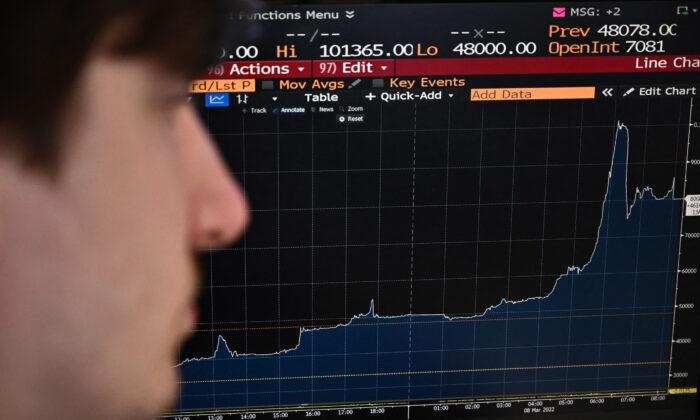

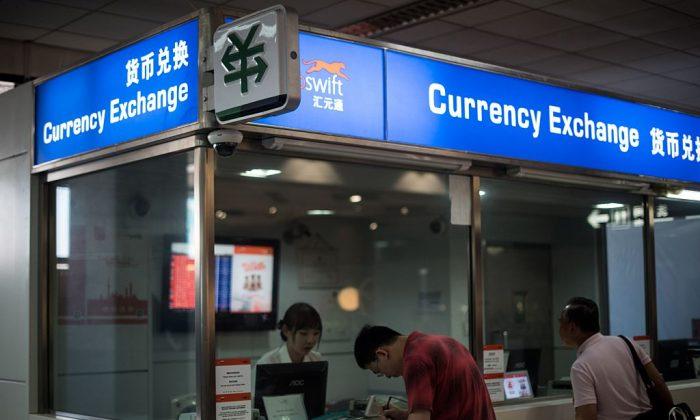
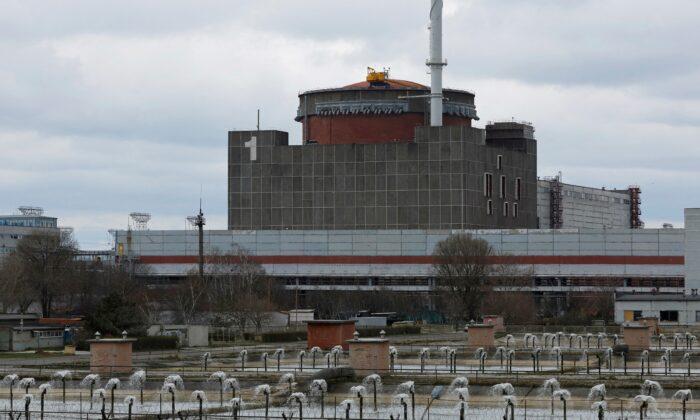
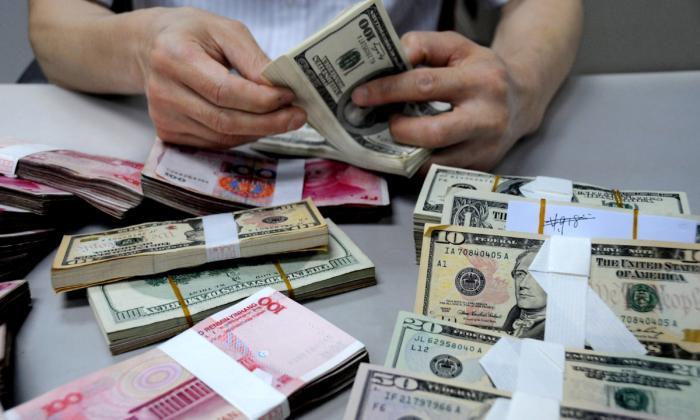
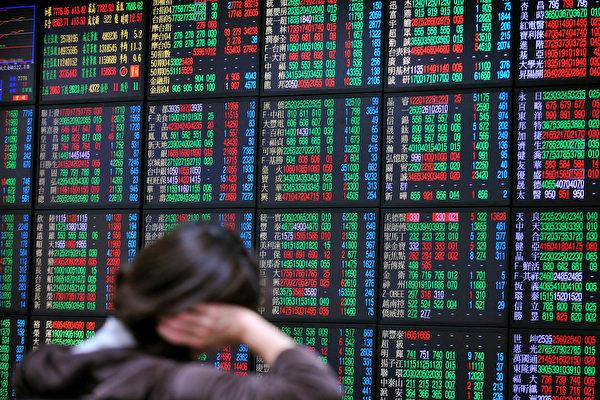
Friends Read Free